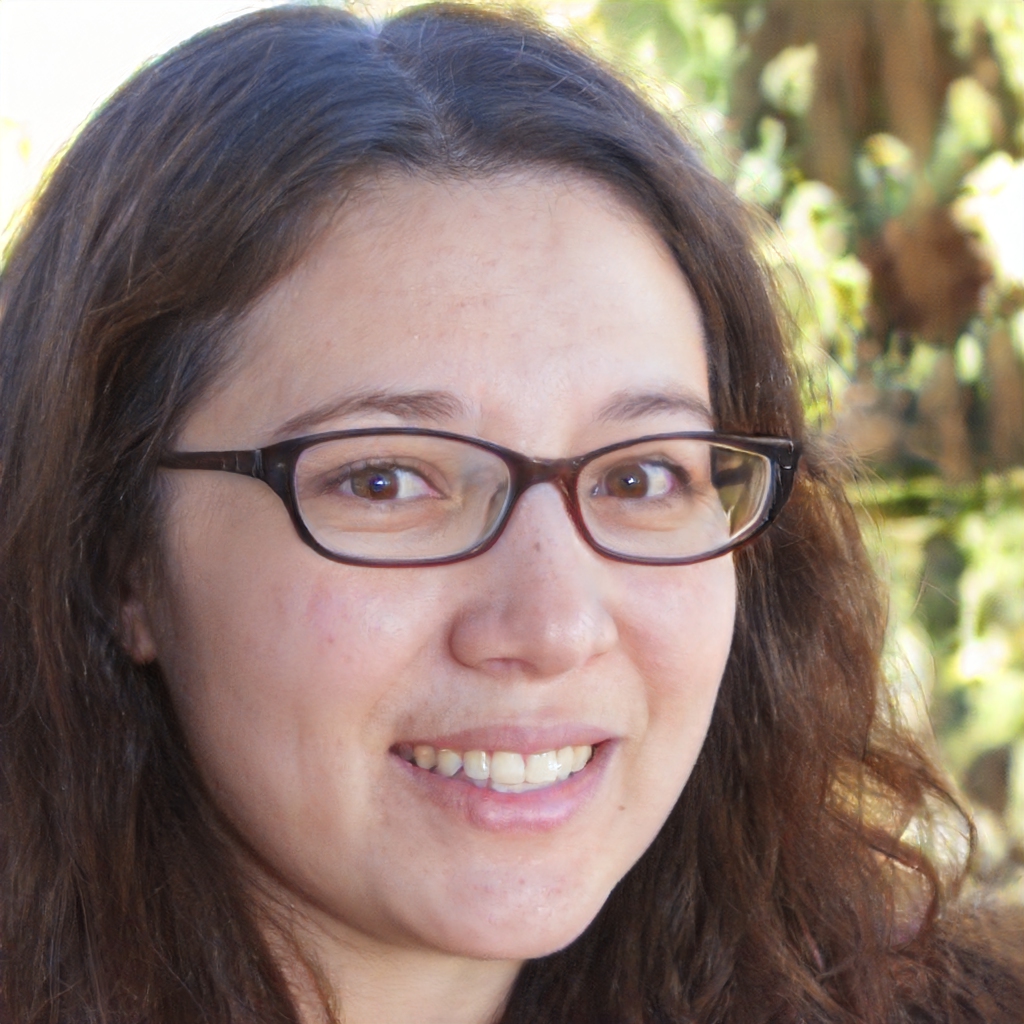Quantum mechanics and the complex concept of macro-realism: experiments able to test the "reality" of the world
When we talk about quantum systems and quantum states we refer to the mathematical representation of the physical world, as illustrated by quantum mechanics.
This, together with the theory of relativity, constitutes the theoretical basis of contemporary physics, which has among its ultimate goals to produce a theory of everything able to explain the origin of the universe by uniting all physical phenomena within the same general framework, valid for all.
Quantum mechanics, in particular, could produce results able to demonstrate that reality, as we know it, does not exist at all.
Einstein's paradox
In the quantum world, particles move like waves and seem to be able to be in multiple places at once, at least until they are observed: the moment they are observed, then they assume a definite position.
When Einstein discovered that observation affected test results, but even more surprisingly changed the state of the observed particles, he said, "I like to think that the Moon exists even when I'm not looking at it."
For Einstein, therefore, quantum theory was incomplete: the 1935 entanglement calculations demonstrated a "mysterious action at a distance" between related particles placed at "opposite ends" of the universe.
According to Einstein, the results were so absurdly unrelated to physical reality that they should have been predetermined in some way. Comunque, erano incoerenti con tutto quanto era ed è osservabile nel mondo fisico.
I risultati delle osservazioni sull’entanglement condussero il fisico John Bell, trent’anni dopo, a cercare una soluzione al paradosso di Einstein. Gli esperimenti sulle disuguaglianze di Bell volevano dimostrare che nessuna teoria fisica estranea alla teoria dei quanti è in grado di riprodurre le stesse predizioni della meccanica quantistica.
Tutto sta nell’ammissione dell’entanglement, e cioè nell’aperta negazione del principio di località in fisica, per cui oggetti distanti non possono influenzarsi l’un l’altro in maniera immediata.
Successivi esperimenti hanno messo a dura prova il principio di località, arrivando a dimostrare che due oggetti collegati da entanglement vadano considerati come un unico oggetto non divisibile.
Reality does not exist
The experiments that have given origin and nourishment to the theory of quantum mechanics are based on a particular acquisition: the quantum world and the world we know are not compatible.
There is therefore one or the other. Einstein echoed the philosopher Hume in wanting to believe that the Moon existed - or that the Sun would rise in the aftermath - even in the absence of an observer. Contemporary physicists ask themselves if it is possible to demonstrate that it is so, if it is possible to demonstrate that the way we know the observable world is the right one.
They call it macrorealism: up to now quantum experiments have involved extremely small objects, even if we have passed from photons to much larger proteins, and therefore in physics we can speak of realism only in reference to those "dimensions" not touched by quantum observation.
In the field of microworlds, in fact, it has been demonstrated several times that entanglement is a reality, and that the knowledge we have of the physical world brings with it a serious incoherence, related to the concept of locality.
Demonstrating that even the observation of the Moon, for example, responds to the acquisitions of quantum mechanics, would mean to say that reality does not exist. Or at least, that it does not exist as we know it. That it could present superpositions of state, the famous Schrödinger's kittens, which tell us at the same time of its existence and its non-existence.
In 1985 physicists Leggett and Garg postulated the possibility of testing the quantum nature of objects much larger than a photon. Today, Sougato Bose, of University College London, is studying a large experiment that will show that even the macroscopic world obeys the laws of quantum mechanics, thus negating everything we know about reality as we know it.
His team is expanding the research to nanocrystals 100,000 times larger than those used in recent experiments. The results could forever change what we think we know about the world.
